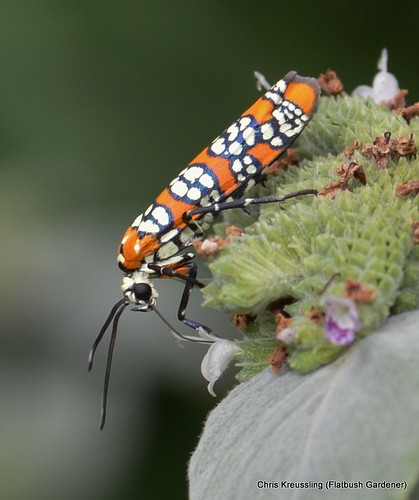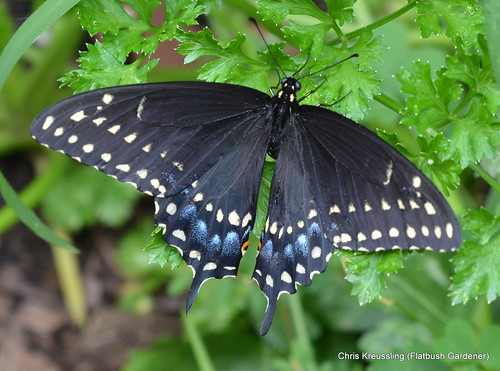
The larvae - caterpillars - feed in communal aggregations, like tent caterpillars. Around the globe, caterpillars in the genus Atteva are known to feed on plants from at least a half-dozen plant families. But they favor plants in the Simaroubaceae, the Quassia Family.

